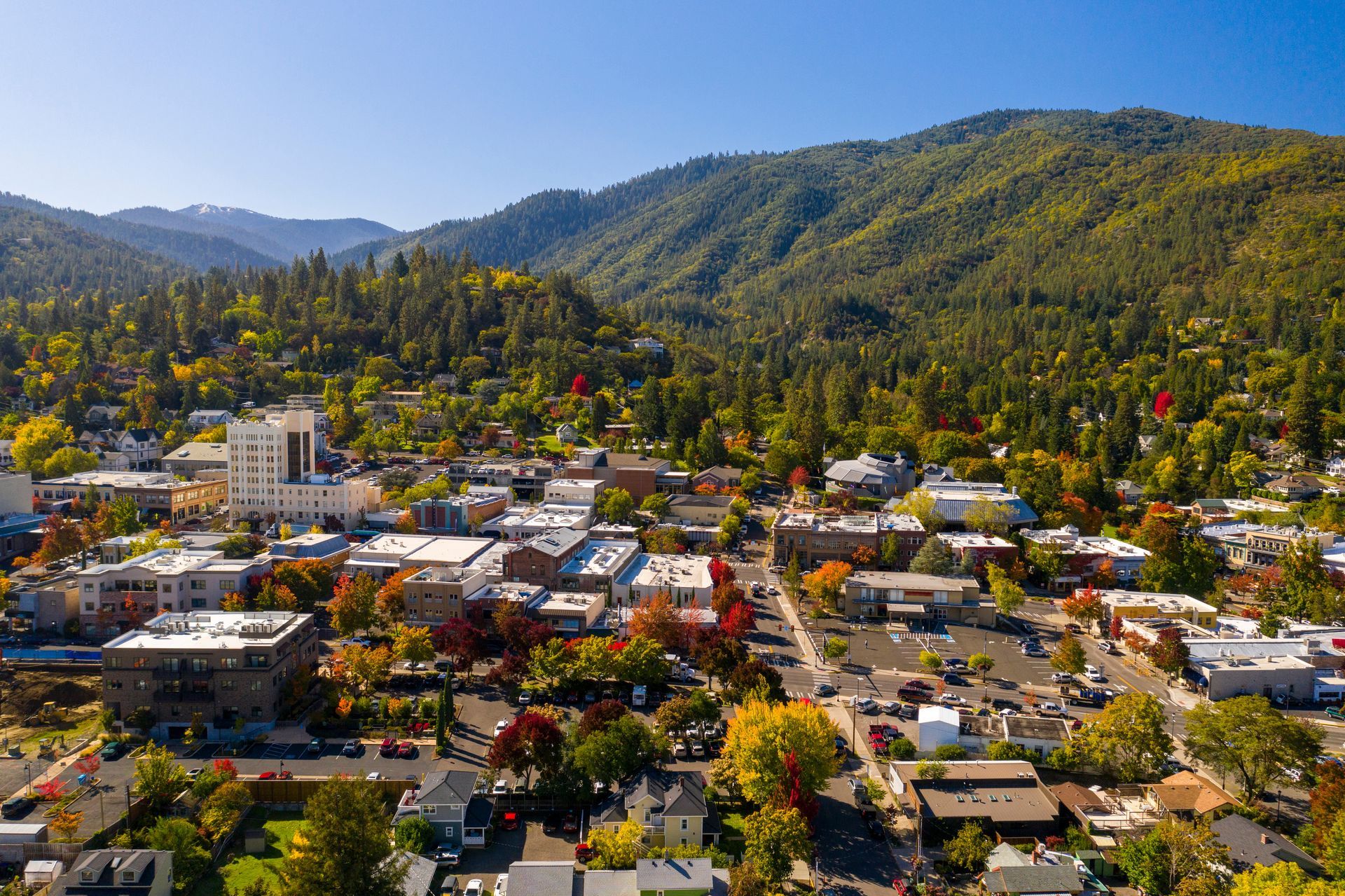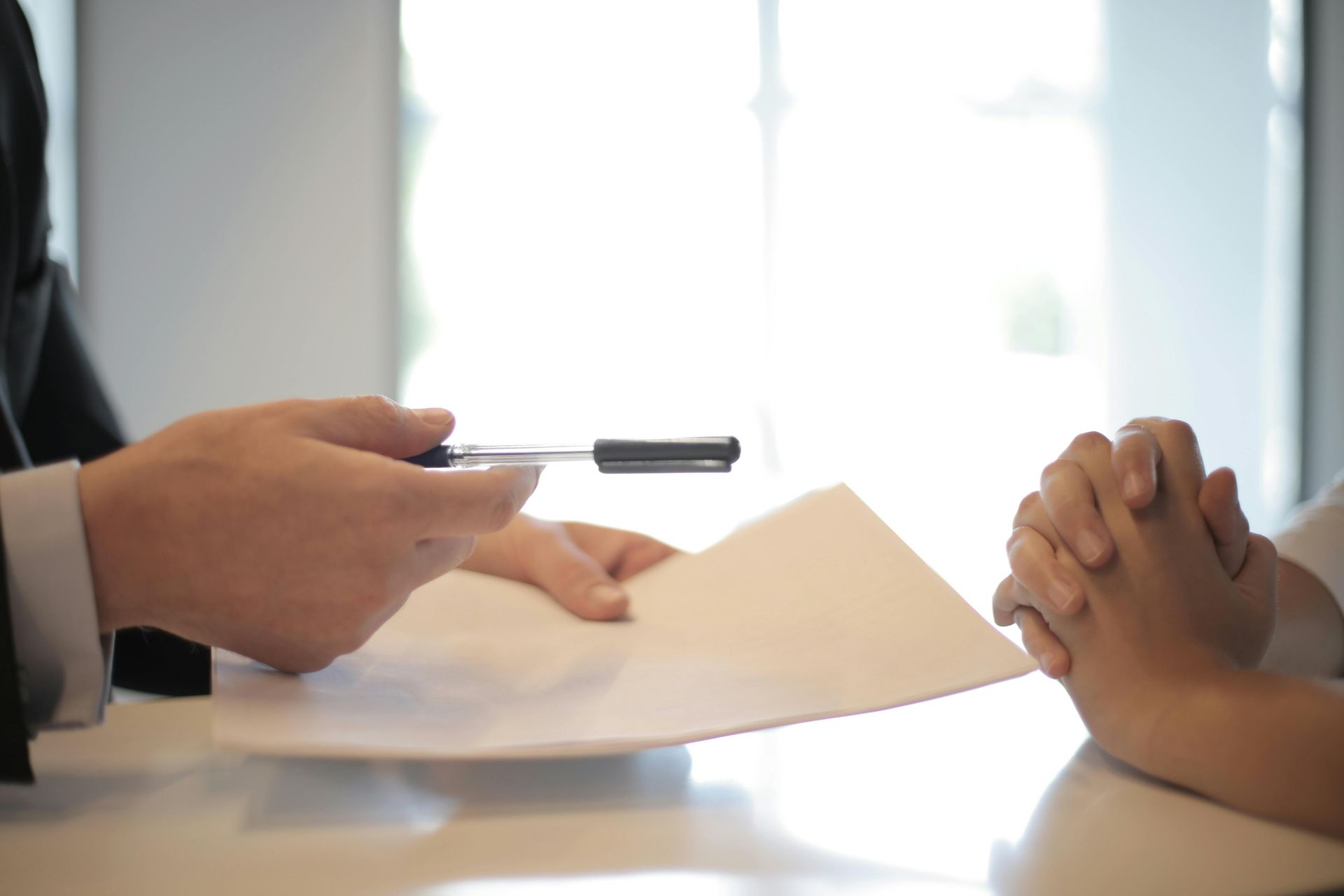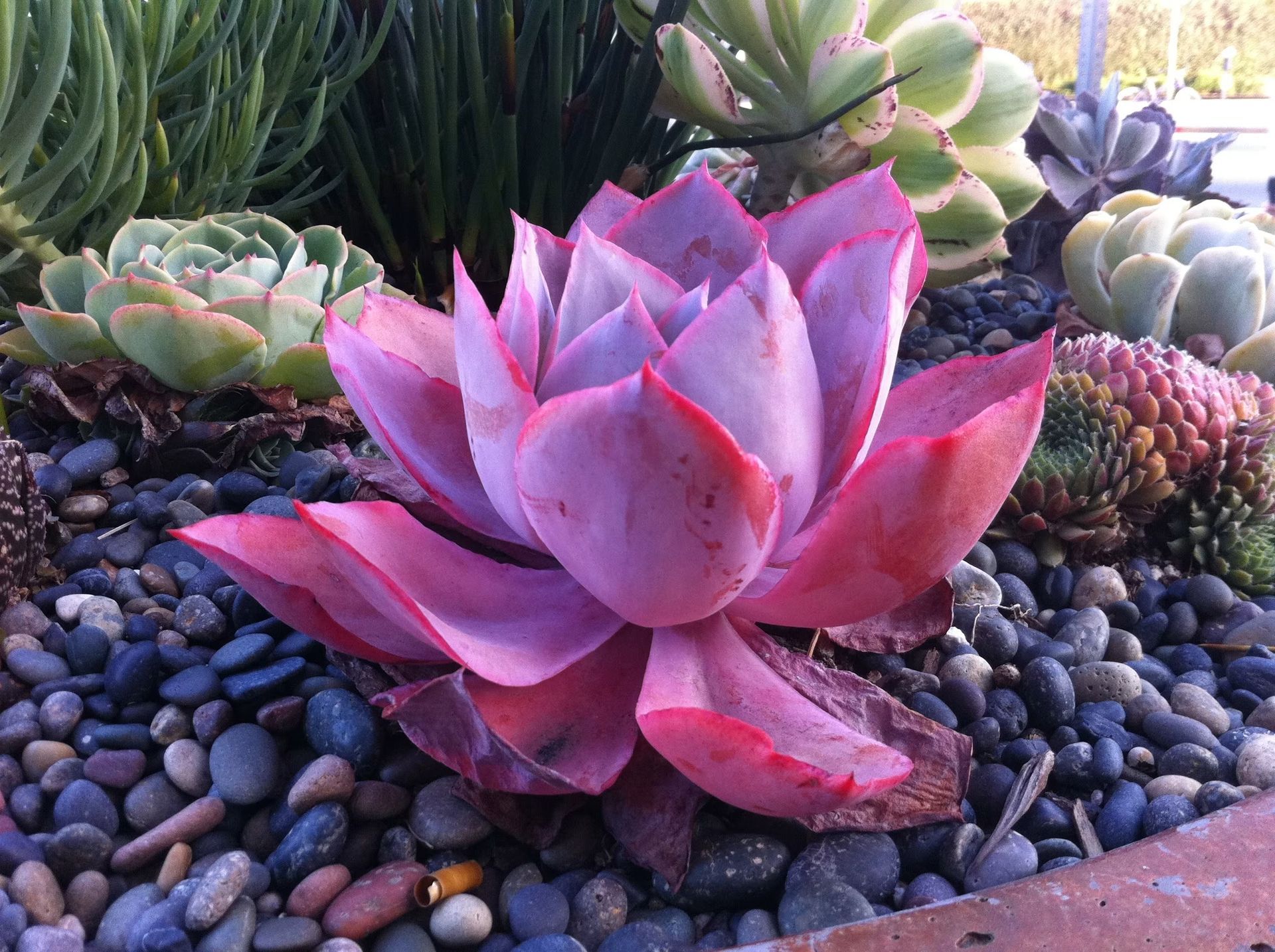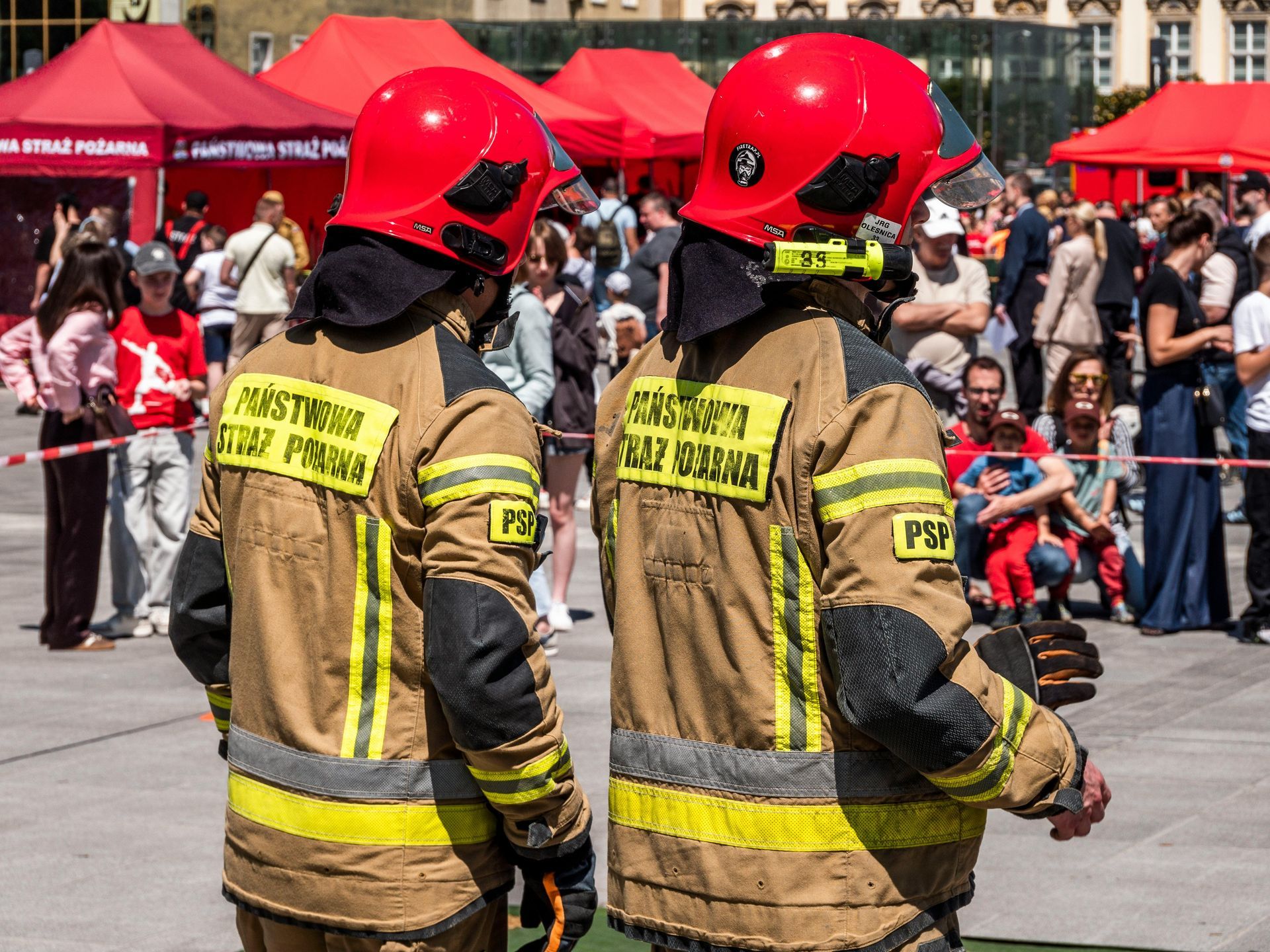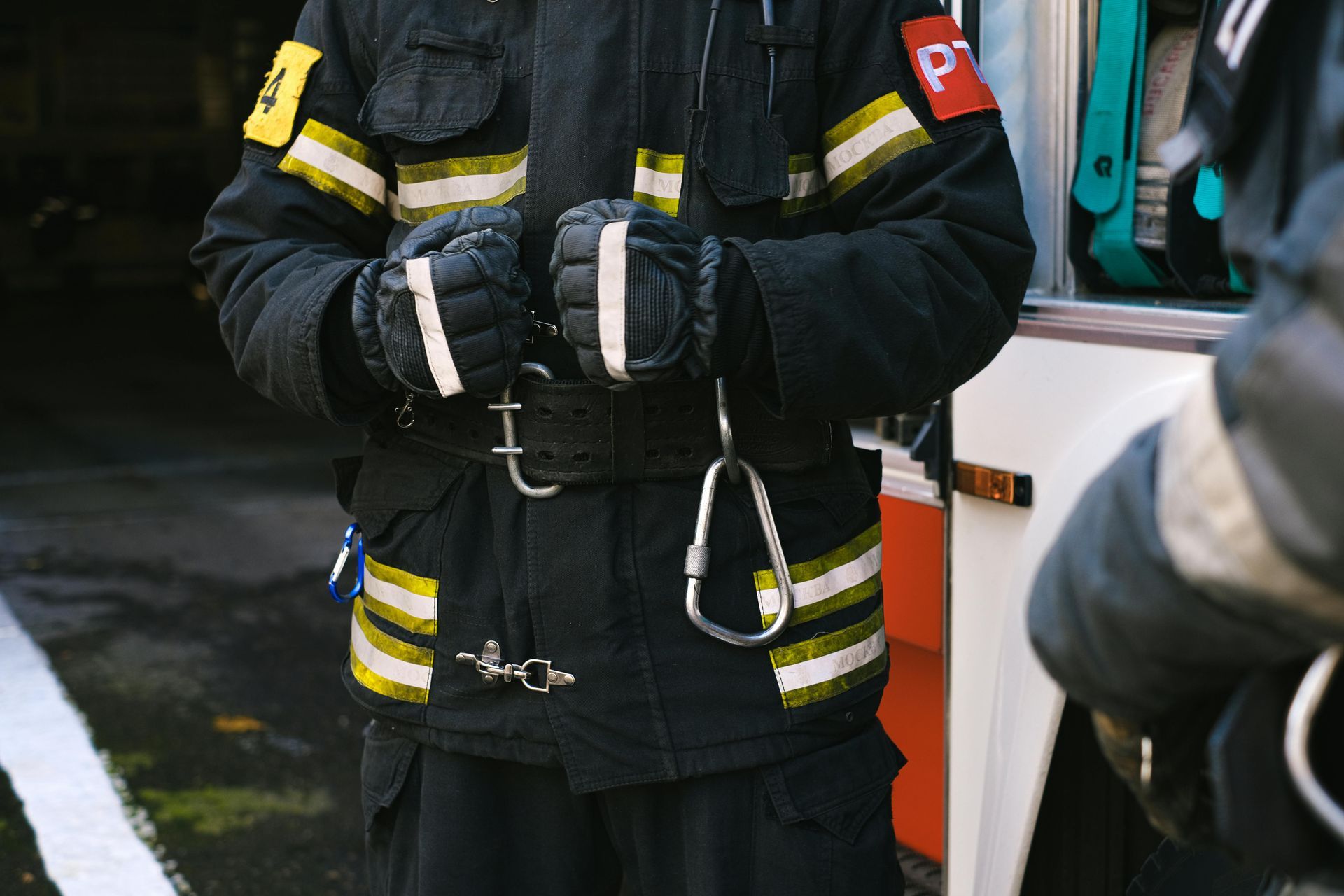May Wildfire Awareness Month: 5 Essential Tips to Maintain Your Sprinkler System for Wildfire Protection in Southern Oregon
may Wildfire Awareness Month:
5 Essential Tips to Maintain Your Sprinkler System for Wildfire Protection in Southern Oregon
Introduction
May is Wildfire Awareness Month, the ideal time for homeowners in Roseburg, Eugene, Canyonville, Medford, Ashland, and Grants Pass to prepare for Southern Oregon’s wildfire season. A well-maintained sprinkler system keeps your defensible space moist, slowing wildfires and protecting your home. The Lahaina Fire and Maui Fire (2023) showed how dry vegetation fueled rapid fire spread, while the Palisades Fire (2024) in California highlighted the need for proactive preparation. Here are five essential tips to ensure your sprinkler system is ready to defend your property against wildfires.
Why Sprinklers Matter
In Southern Oregon’s dry climate, sprinklers maintain green lawns and vegetation, creating a moist barrier that can deter wildfires. During the 2020 Almeda Fire, Medford and Ashland homes with working sprinklers often avoided severe damage, as moist perimeters slowed flames. Neglected systems, however, can fail, leaving your property vulnerable, as seen in Canyonville’s Milepost 97 Fire (2019). These tips will help keep your system fire-ready.
5 Tips for Sprinkler System Maintenance
Follow these steps to prepare your sprinkler system for wildfire season, tailored to Southern Oregon’s unique conditions:
1. Inspect for Leaks
- Why: Leaks reduce water pressure, leaving dry patches that fuel fires, a lesson from the Maui Fire where dry grass accelerated spread.
- How: Run each zone for 2–3 minutes. Look for uneven spray, soggy spots, or hissing sounds in Medford’s clay-heavy soils, which can hide leaks. Tighten loose fittings or replace damaged pipes with parts from local suppliers like Ewing Irrigation in Medford.
- Tip: Check zones near your home’s perimeter, critical for defensible space in Grants Pass.
2. Clean and Adjust Sprinkler Heads
- Why: Clogged or misaligned heads limit coverage, risking dry vegetation in Eugene’s fire-prone areas.
- How: Ensure heads pop up and down fully. Clean clogged nozzles with a small wire or replace broken heads ($5–$20 at Home Depot in Grants Pass). Adjust spray patterns to cover defensible space, especially in Canyonville’s open lots.
- Tip: Use high-efficiency heads to save water, eligible for rebates through Eugene’s WaterSense programs.
3. Test Valves
- Why: Faulty valves prevent zones from operating, a common issue in Roseburg’s aging systems.
- How: Locate valve boxes (often buried in yards) and check for pooling water or stuck valves. Manually open each valve to ensure it functions. Replace faulty valves with kits from SiteOne Landscape Supply in Eugene ($20–$50).
- Tip: Lubricate valve stems annually to prevent sticking, especially after Ashland’s winter rains.
4. Protect Against Freezes
- Why: Winter freezes in Canyonville and Roseburg crack pipes, causing leaks by spring that weaken fire defenses.
- How: Drain your system in November using compressed air or a shut-off valve. In April, flush lines to clear debris, ensuring full coverage for Medford’s dry season. Check for cracked pipes from freeze-thaw cycles, common in Southern Oregon.
- Tip: Insulate above-ground pipes with foam covers ($5–$10) to prevent damage.
5. Monitor Water Pressure
- Why: High pressure bursts pipes, while low pressure reduces coverage, both risking dry spots in Grants Pass.
- How: Use a $20 pressure gauge (available at Home Depot in Medford) to ensure 40–60 PSI, ideal for most systems. Install a pressure regulator ($30–$50) to protect pipes from Southern Oregon’s variable water systems.
- Tip: Check pressure after heavy rain, as Ashland’s clay soils can affect flow.
Southern Oregon Challenges
- Clay Soils: In Medford and Eugene, clay masks leaks, reducing pressure. Regular inspections prevent surprises.
- Freeze-Thaw Cycles: Roseburg and Canyonville pipes need winter draining to avoid cracks.
- Water Limits: Ashland and Grants Pass face summer restrictions. Efficient heads and leak-free systems maximize conservation.
Act Now for Wildfire Awareness Month
This May, take charge in Roseburg, Eugene, Canyonville, Medford, Ashland, and Grants Pass by maintaining your sprinkler system. A fire-ready system can protect your home from the next Lahaina Fire or Palisades Fire. For more wildfire preparedness tips, visit wildfire.oregon.gov or check your property’s risk on the Oregon Statewide Wildfire Hazard Map (hazardmap.forestry.oregonstate.edu).
Conclusion
A well-maintained sprinkler system is a powerful wildfire defense for Southern Oregon homeowners. This Wildfire Awareness Month, use these five tips to keep your system ready in Roseburg, Eugene, Canyonville, Medford, Ashland, and Grants Pass. Stay proactive, stay prepared, and help make our communities fire-resilient. Visit our website at oregonfiremitigation.com for more resources to protect your home.
Follow our blog for weekly wildfire tips throughout May.
Have wildfire safety questions? Contact our certified team
